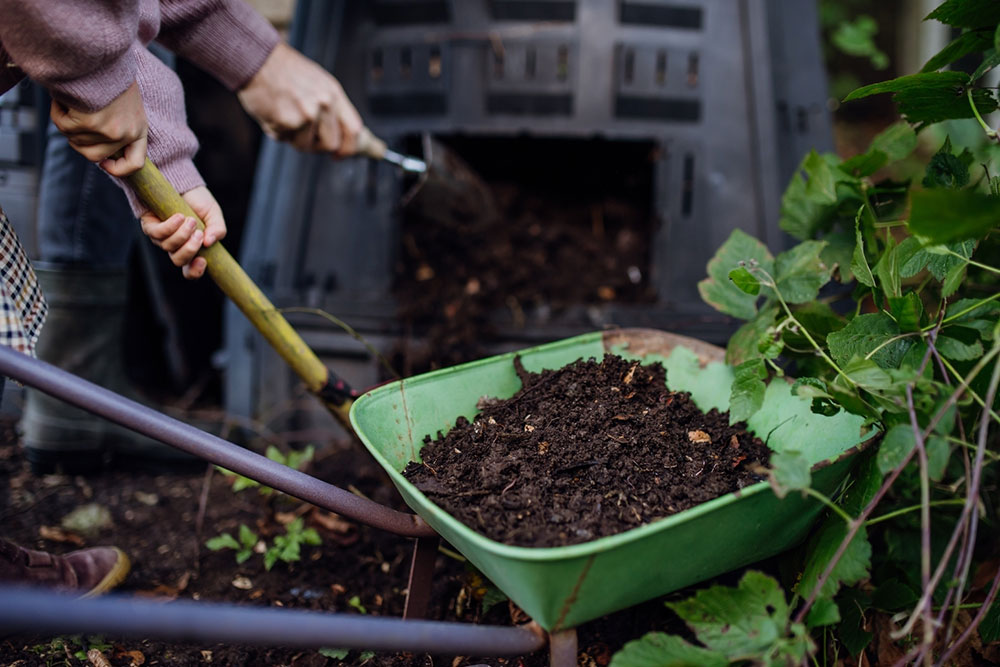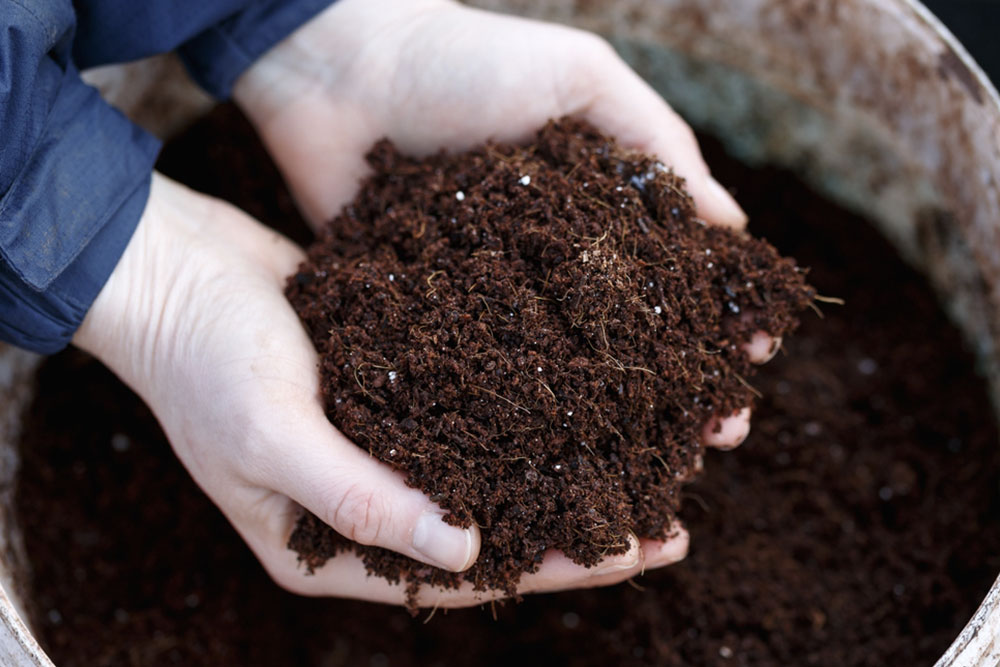Essential Organic Fertilizers to Boost Your Hydrangeas
Discover top organic fertilizers to enhance your hydrangeas' growth and flowering. From Epsom salts and coffee grounds to compost and banana peels, learn how natural nutrients can boost plant health. Implement these eco-friendly tips to achieve vibrant blooms and strong stems while maintaining a safe garden environment. Proper fertilization tailored for hydrangeas ensures lush, colorful displays that thrive season after season.

Essential Organic Fertilizers to Boost Your Hydrangeas
Hydrangeas are beloved flowering shrubs, known for their large, colorful blooms, often in stunning shades of blue. These heavy flower heads can weigh down stems, so proper nourishment is key for full, vibrant blossoms. Using natural fertilizers not only promotes healthy growth but also keeps plants safe from chemical exposure, enhancing their natural beauty. Choosing the right organic feeds helps hydrangeas develop strong roots, abundant flowers, and vibrant leaves, ensuring a flourishing garden.
Top 5 Organic Fertilizer Options for Hydrangeas
Magnesium Sulfate (Epsom Salt)
Mix a tablespoon of Epsom salt in a gallon of water. Shake well and water your hydrangeas during the growing season. This natural supplement boosts chlorophyll production, encouraging lush foliage and vibrant blooms. It also strengthens roots and increases flowering. Use monthly, especially if your soil lacks magnesium, to support healthy plant development.
Coffee Grounds
Used coffee grounds contain nitrogen, magnesium, phosphorus, and potassium—nutrients vital for healthy plants. Mix two cups of coffee grounds with five gallons of water, let sit for a few days, then strain and water your hydrangeas. This boosts soil acidity, fostering brighter blooms and healthy growth. Always test your soil's pH, aiming to keep it below 6.5 for best results.
Banana Peels
Chop 2-3 banana peels and bury near the plant base to decompose and release potassium—the key nutrient for flowering. Alternatively, dry and grind peels to spread around the plant. Apply during the growing season, but avoid excess, keeping application to 2-3 times. Fresh peels shouldn’t be soaked in water; composting or direct burial helps nutrients release slowly.
Homemade Organic Compost
Compost made from kitchen scraps, vegetable residues, and lawn waste enriches soil with vital nutrients. For young hydrangeas, mix a 3-5 inch layer into the soil before planting. For established plants, use 4-6 inches as mulch around the base. Compost improves drainage, soil fertility, and overall plant vigor, with benefits lasting through multiple growing seasons.
Wood Ash
Sprinkle a thin layer of wood ash around the base, avoiding contact with stems and leaves. Use about 1 cup per square meter, lightly mixing it into the soil. Rich in calcium, potassium, and magnesium, wood ash raises soil pH—making it more alkaline—and promotes strong growth and vibrant color. Avoid using ash from chemically treated wood to prevent contamination.
Additional Natural Fertilizers
Animal Manure
Organic manure from horses or cattle supplies nitrogen and trace minerals essential for growth. Apply around the plant, ensuring the soil remains moist to facilitate nutrient absorption.
Nettle Tea
Steep 1 kg of fresh nettle leaves in 10 liters of rainwater for two weeks, then strain and water your hydrangeas. This extract provides a nitrogen boost, promoting abundant blooms.
Vegetable Cooking Water
Let cool after boiling vegetables, then use the nutrient-rich water to hydrate your hydrangeas. It supplies vitamins and minerals that encourage flowering.
Vinegar Solution
Mix a cup of white vinegar with a gallon of water and spray on leaves to turn pink hydrangeas blue. Ensure complete coverage for best results.
Eggshells
Crushed eggshells supply calcium, supporting cell wall strength and overall vigor. Sprinkle around the base or mix into soil to aid plant development. Use in moderation for optimal effects.









